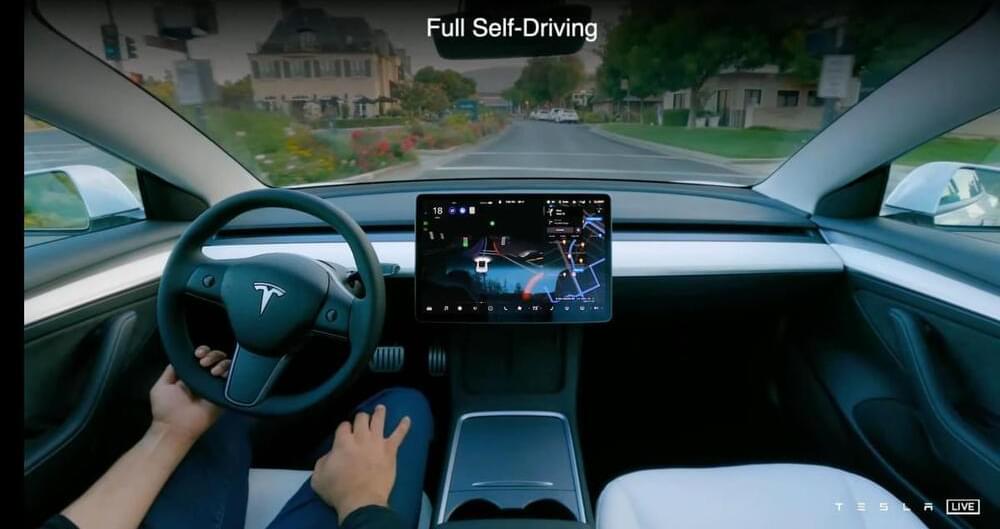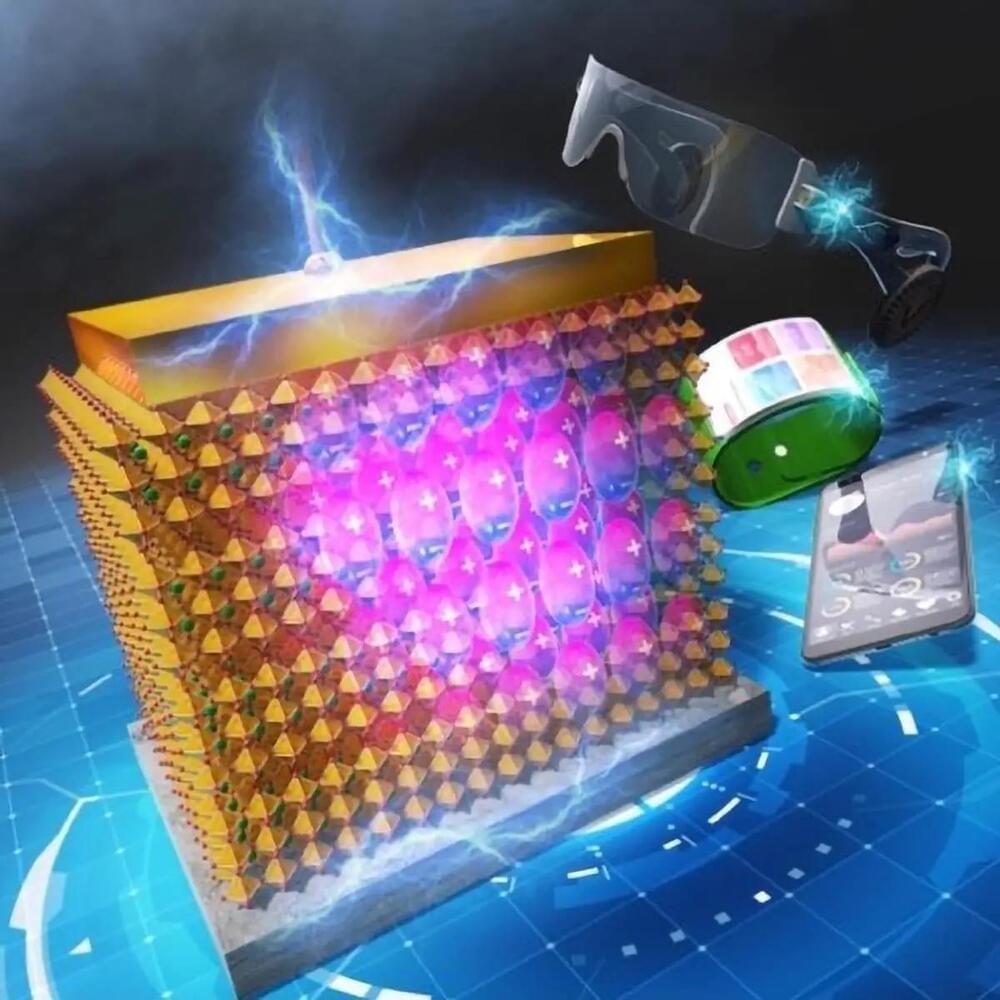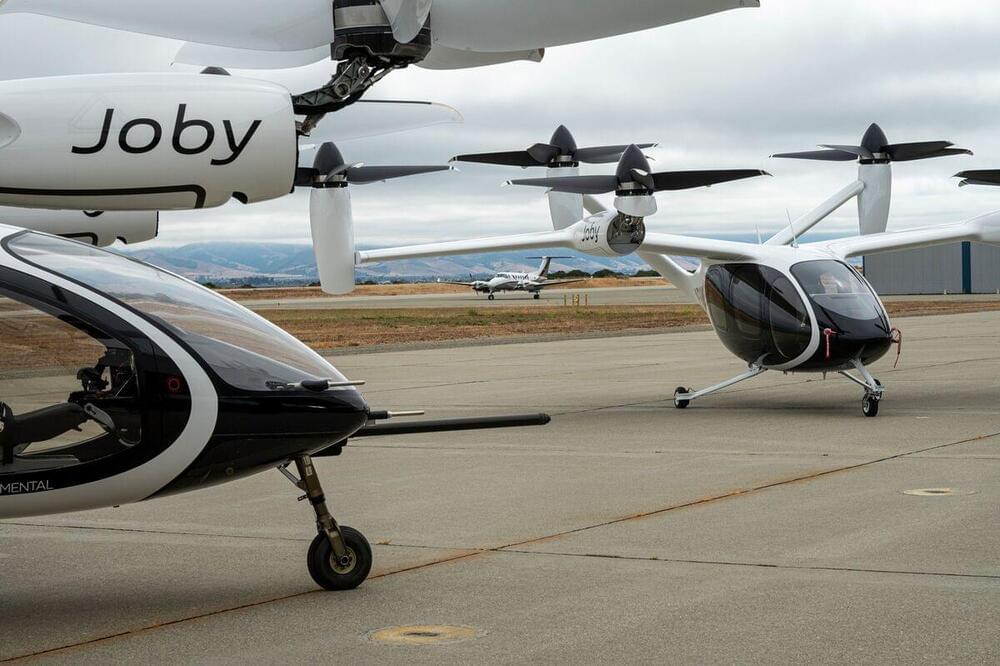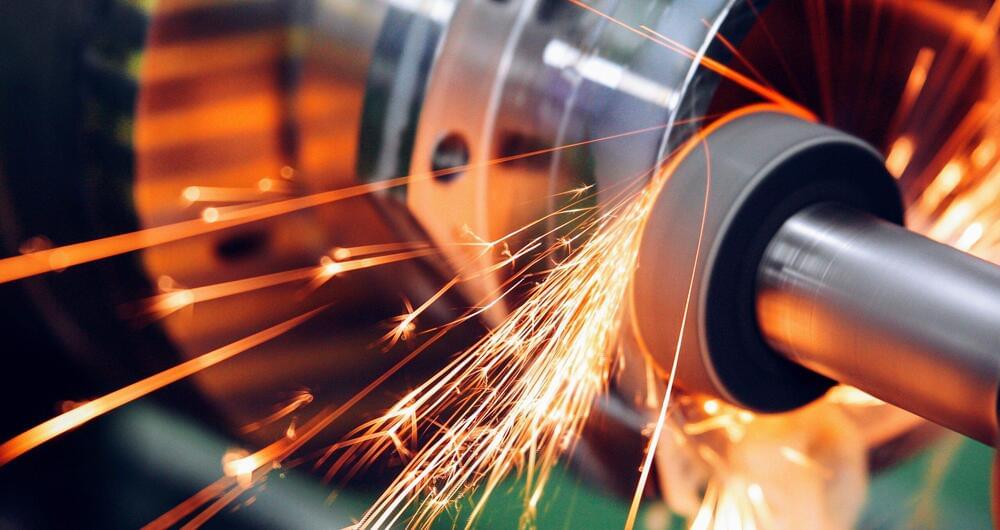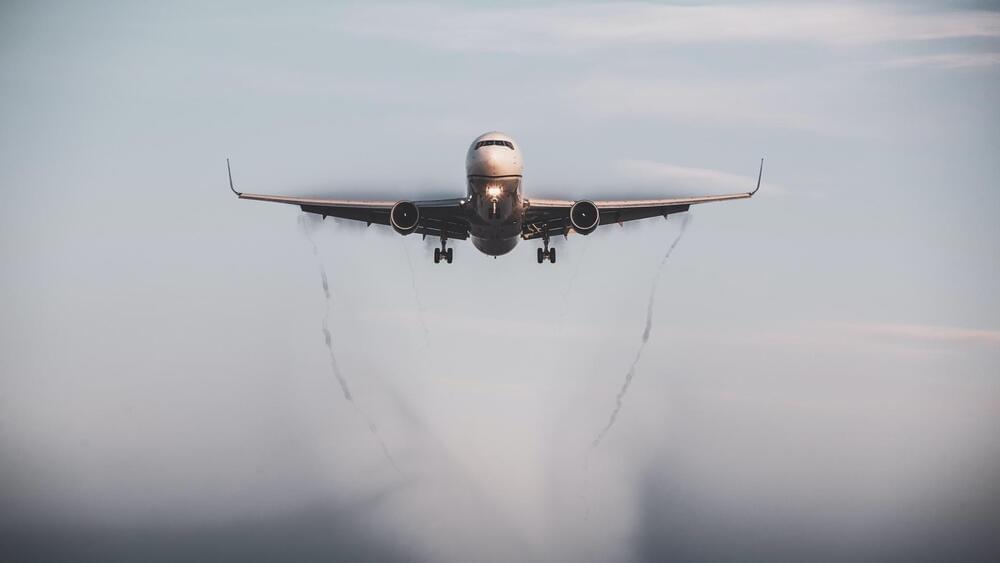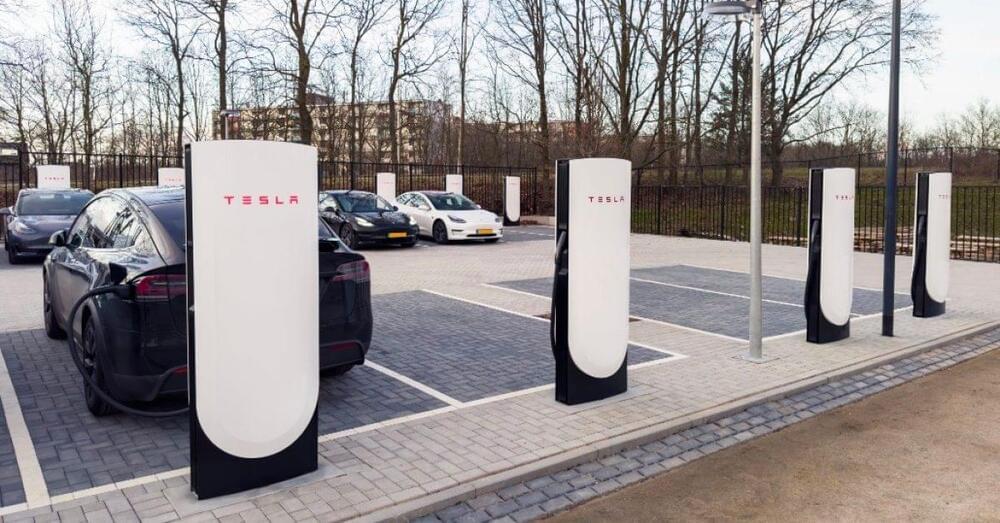Tesla CEO Elon Musk confirmed Wednesday that the automaker is “in discussion with major OEMs about using Tesla FSD.”
Tesla Full Self-Driving is the automaker’s beta advanced driving assistance system (ADAS) that can automate driving tasks on highways and urban streets. If other automakers were to adopt FSD technology, they would need to onboard both Tesla’s software and hardware suite. Tesla’s approach to ADAS, and ultimately to autonomy, is to rely only on computer vision processing, or cameras, rather than a range of sensors like lidar and radar.
During Wednesday’s second quarter earnings call, Musk also said Tesla will allow the transfer of FSD software to new vehicles, but only in the third quarter.
